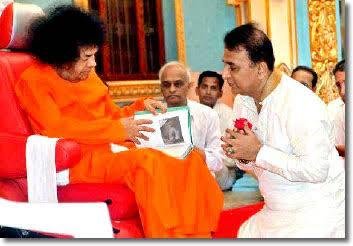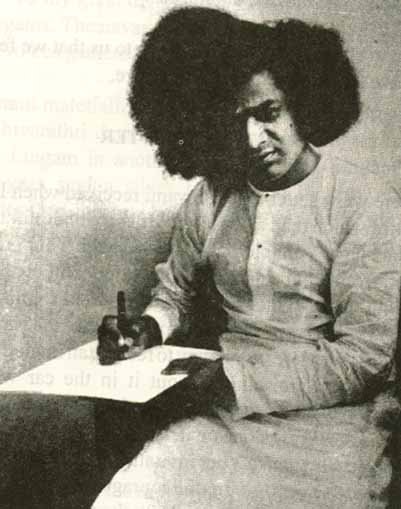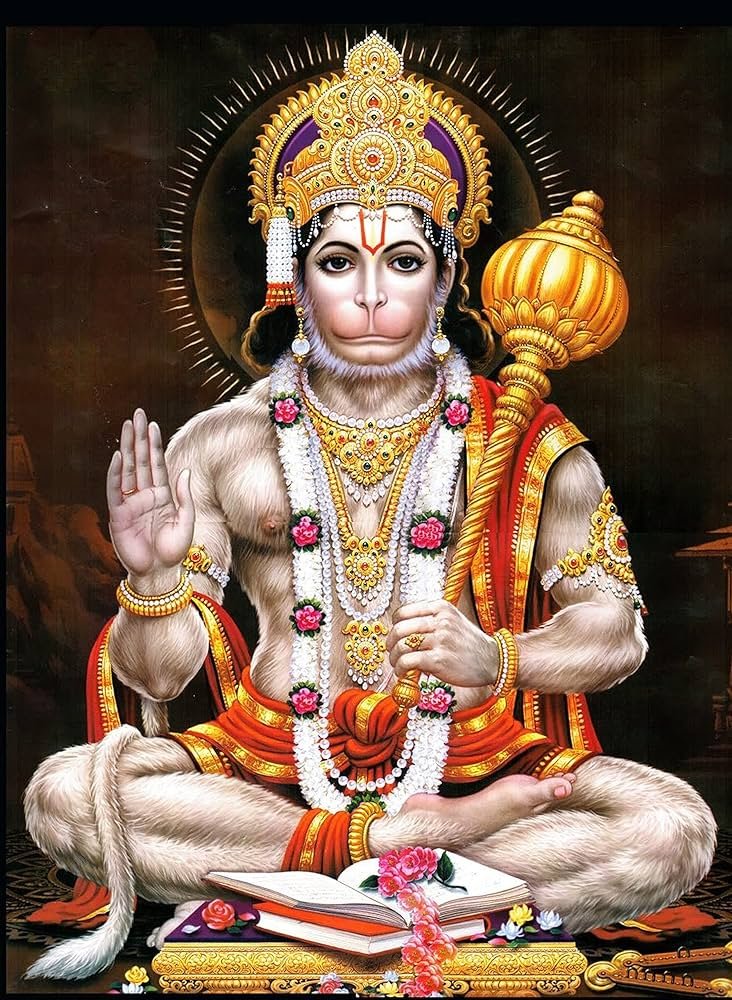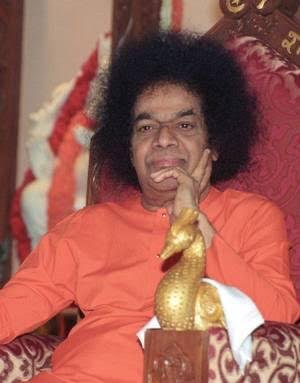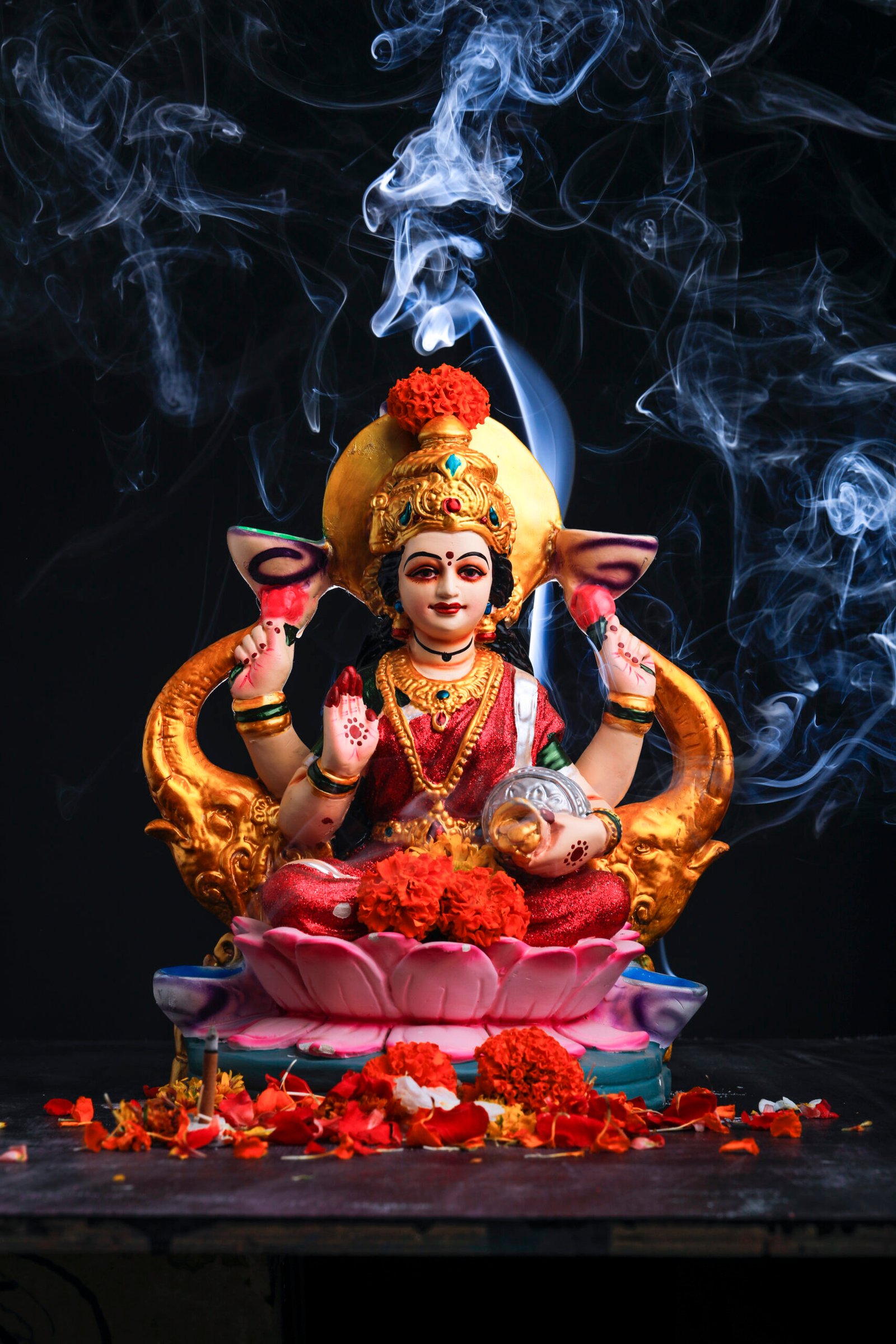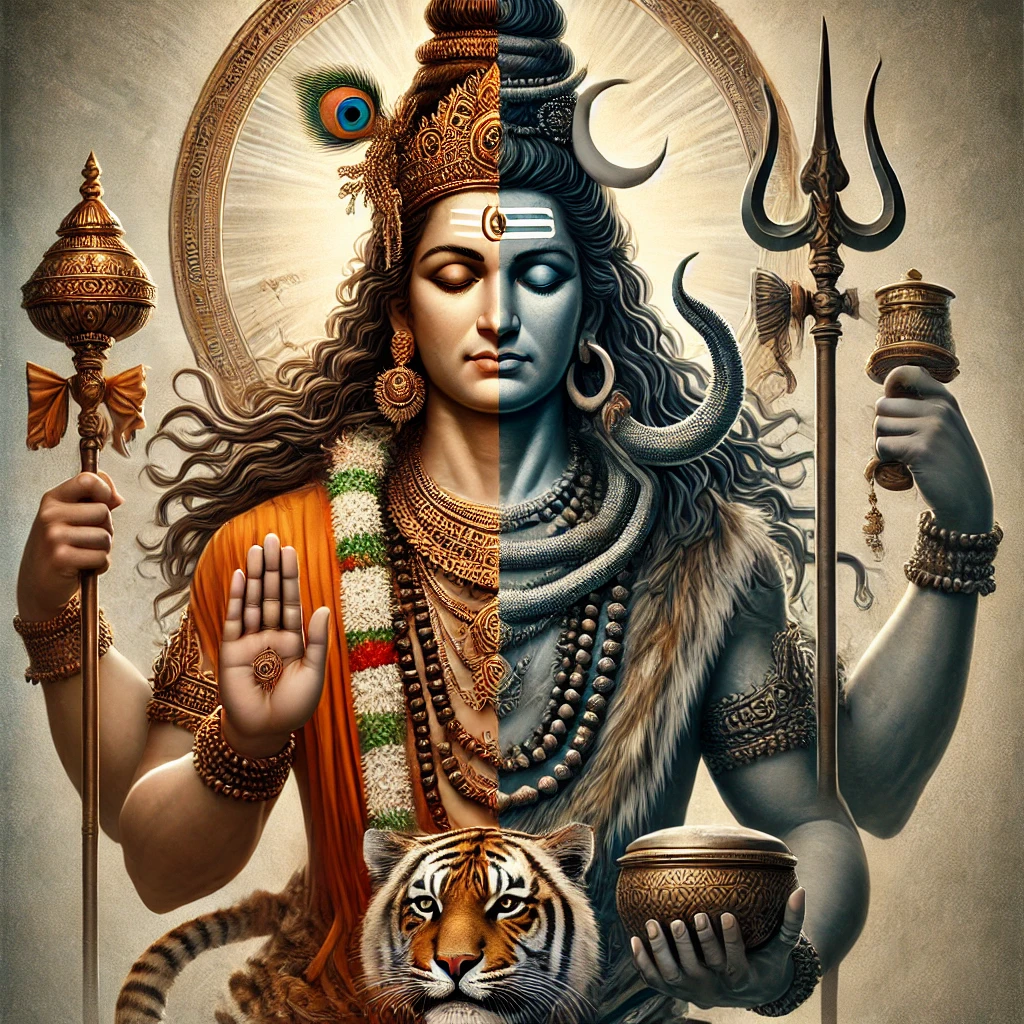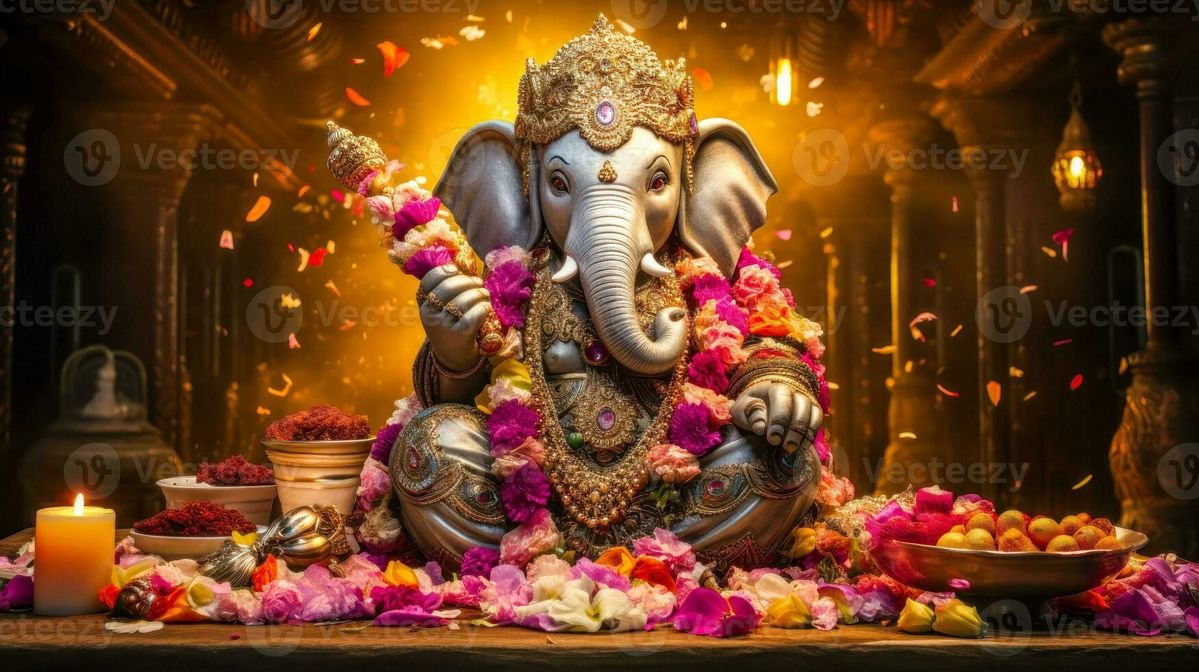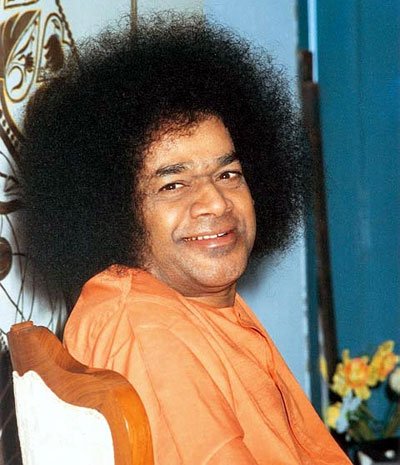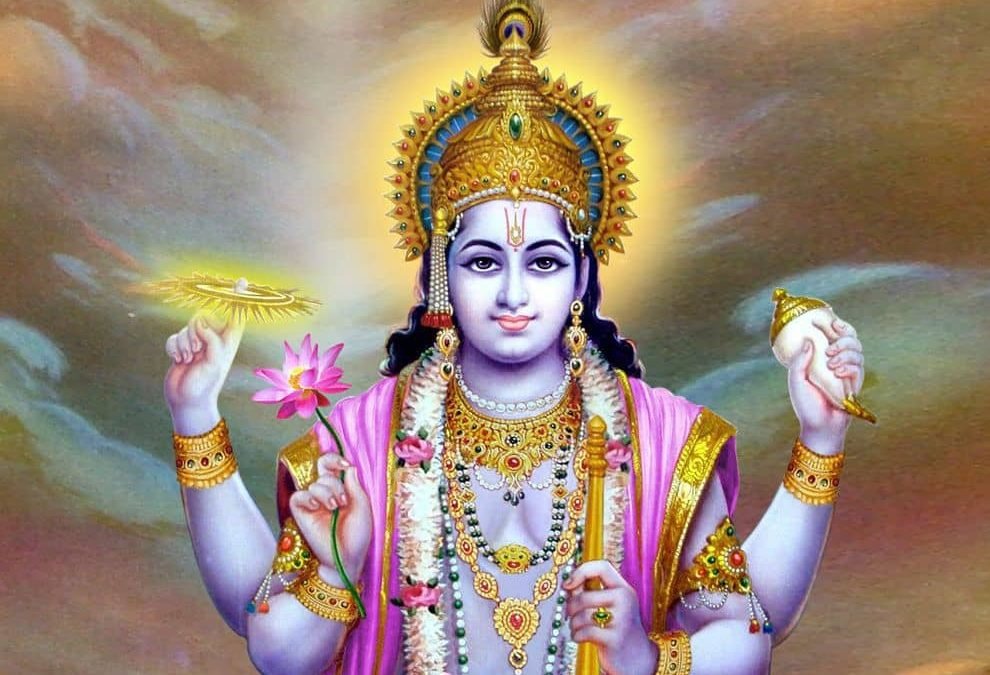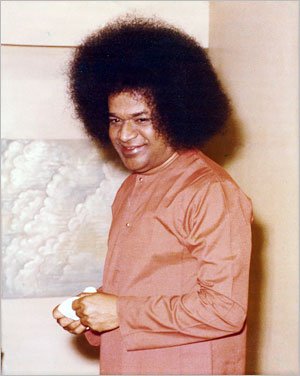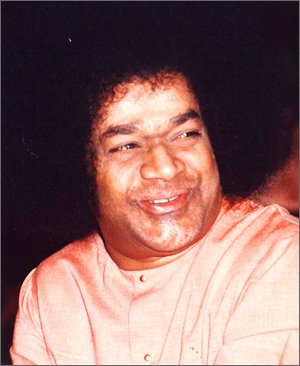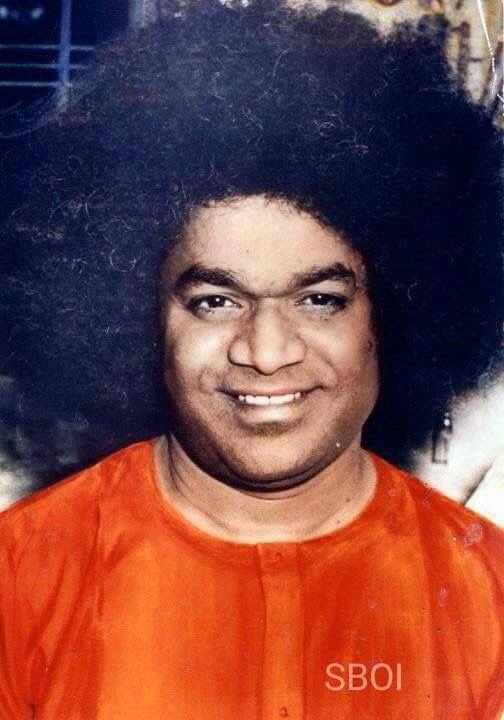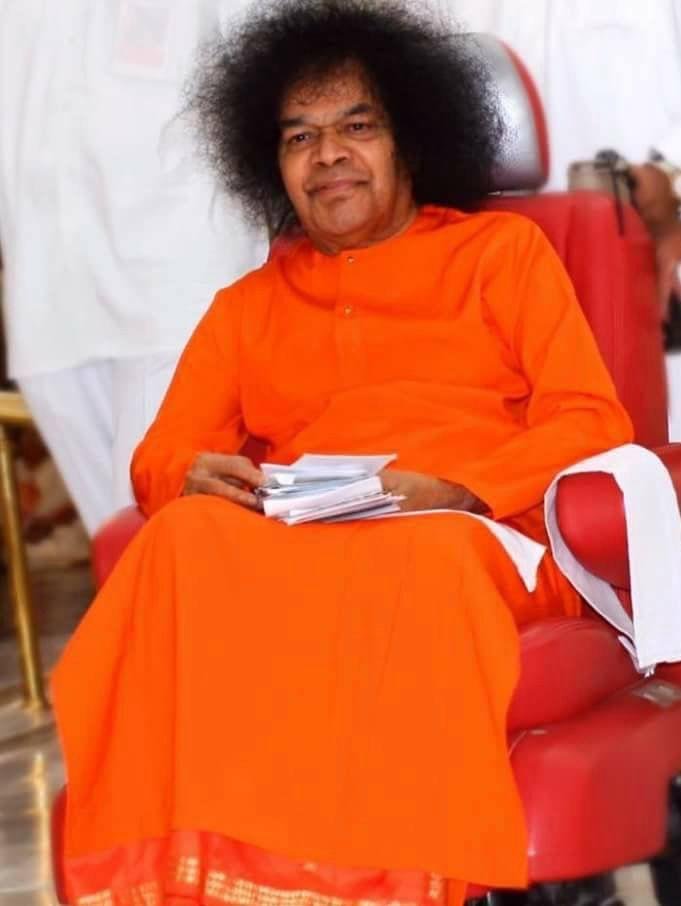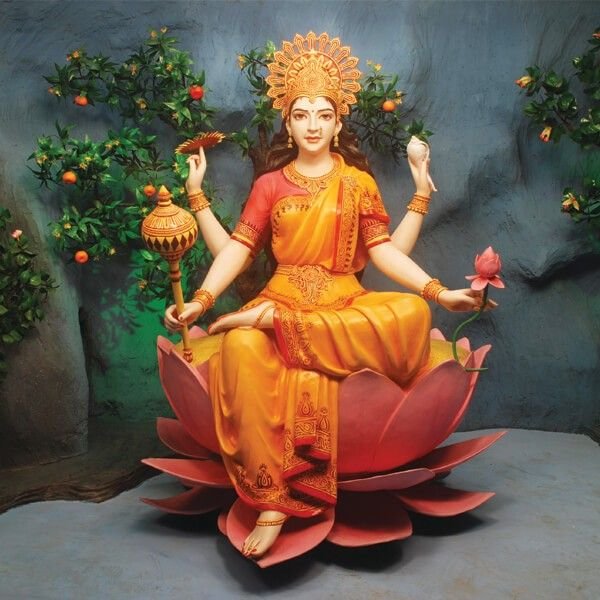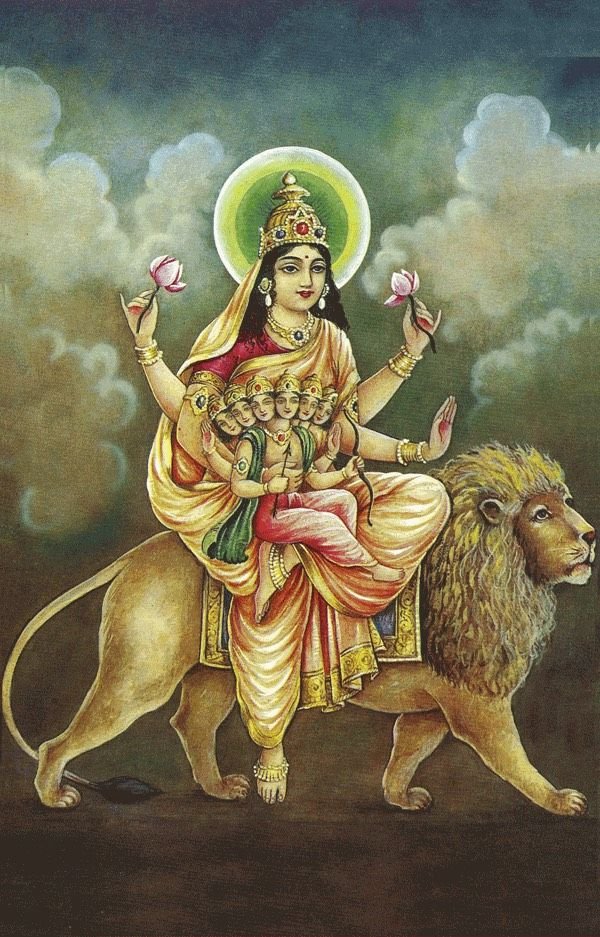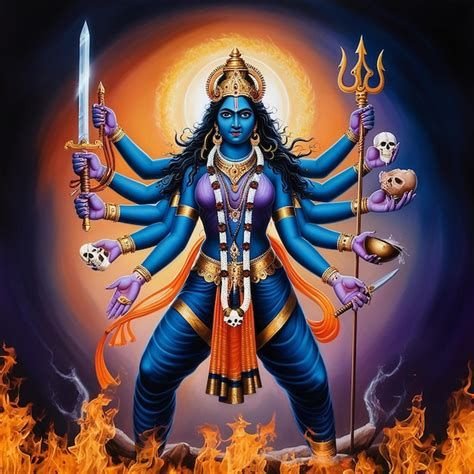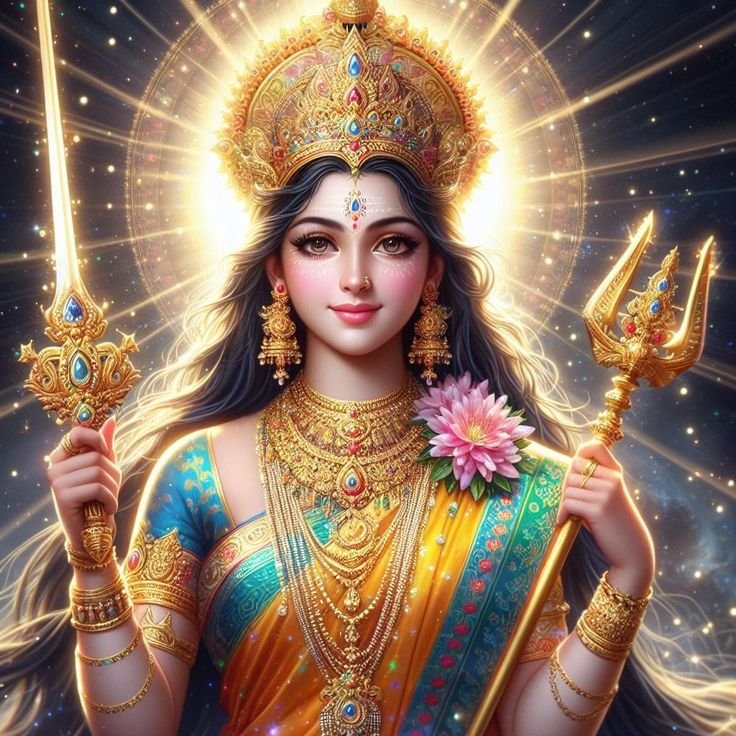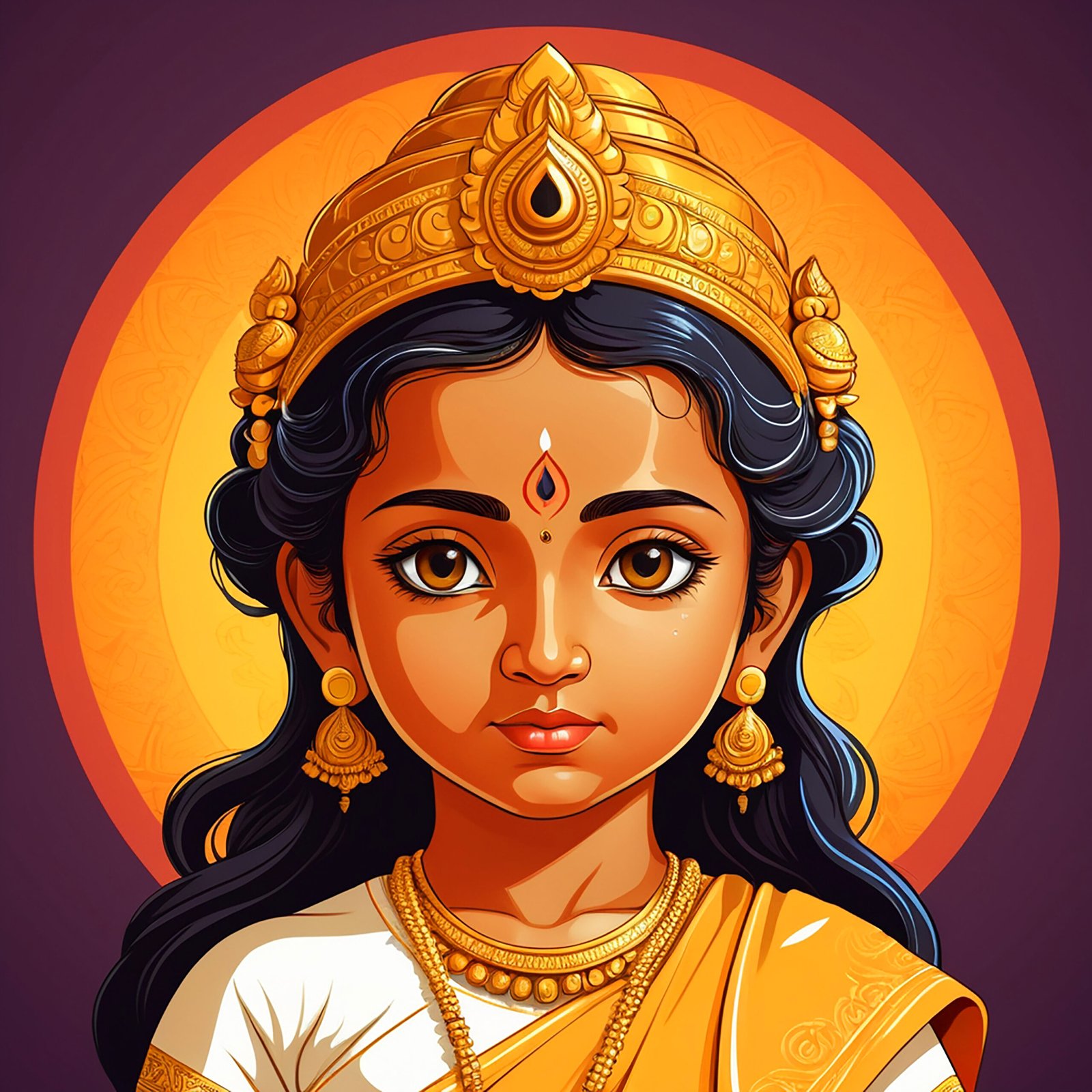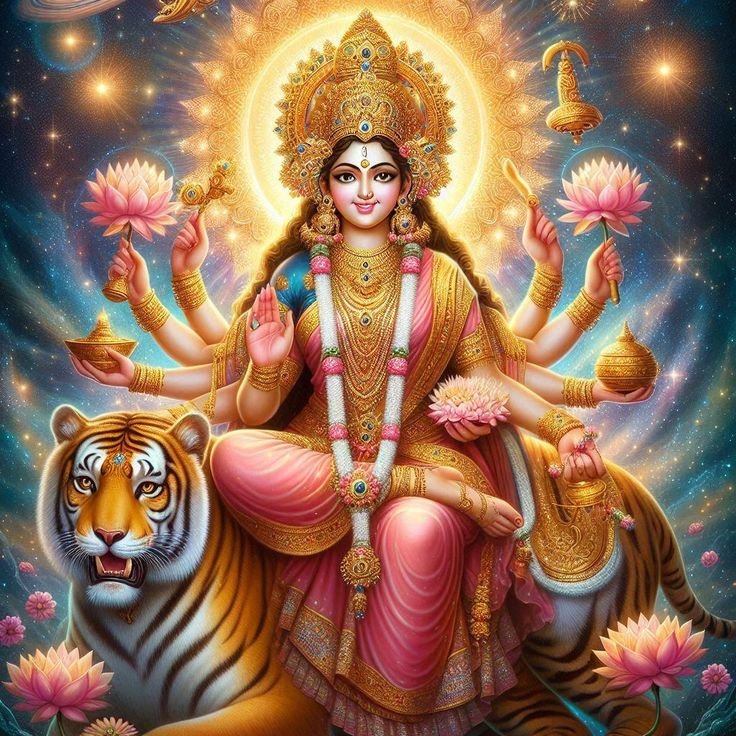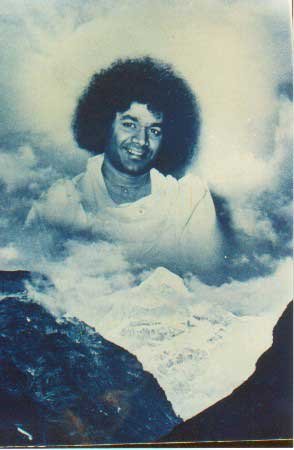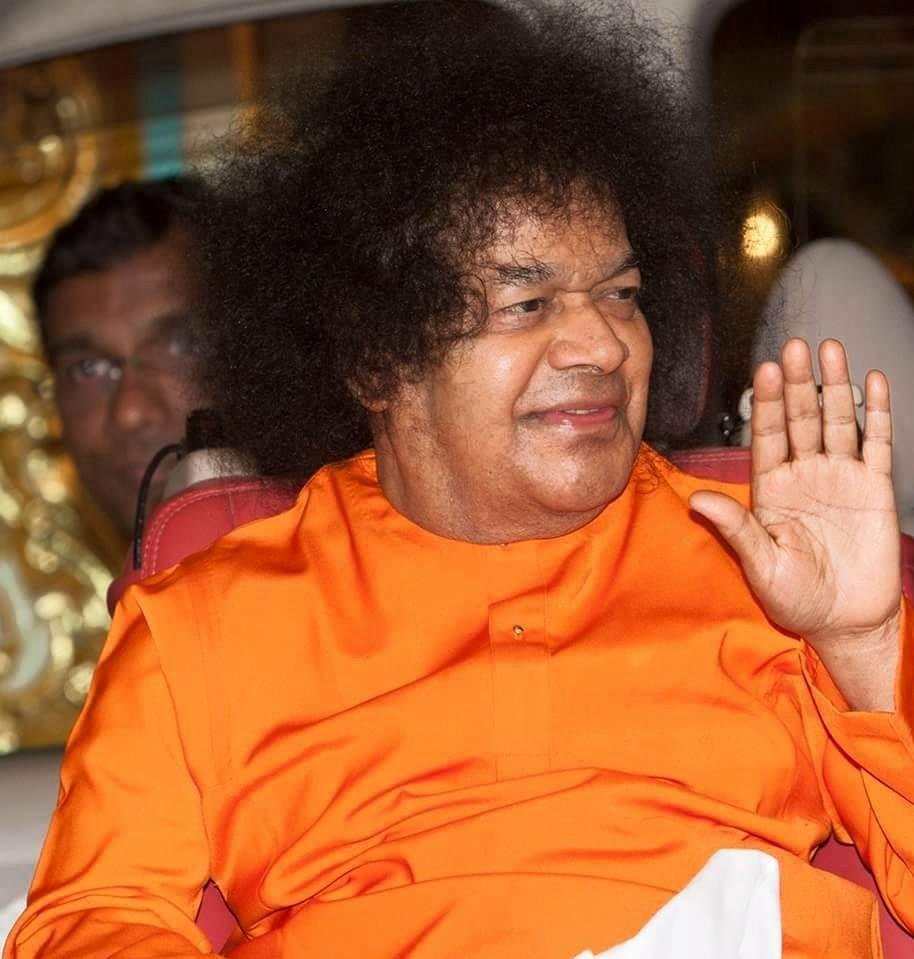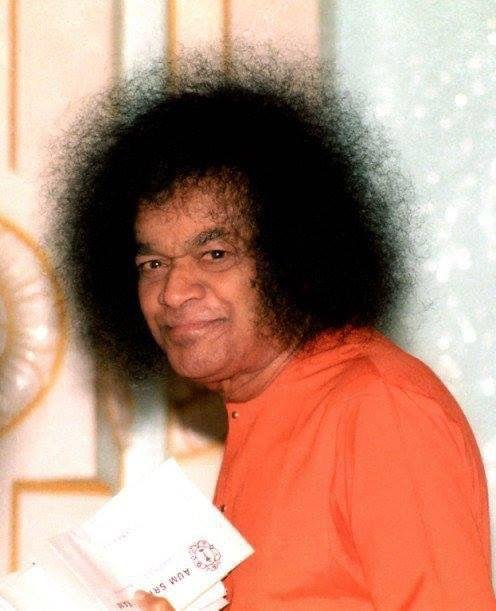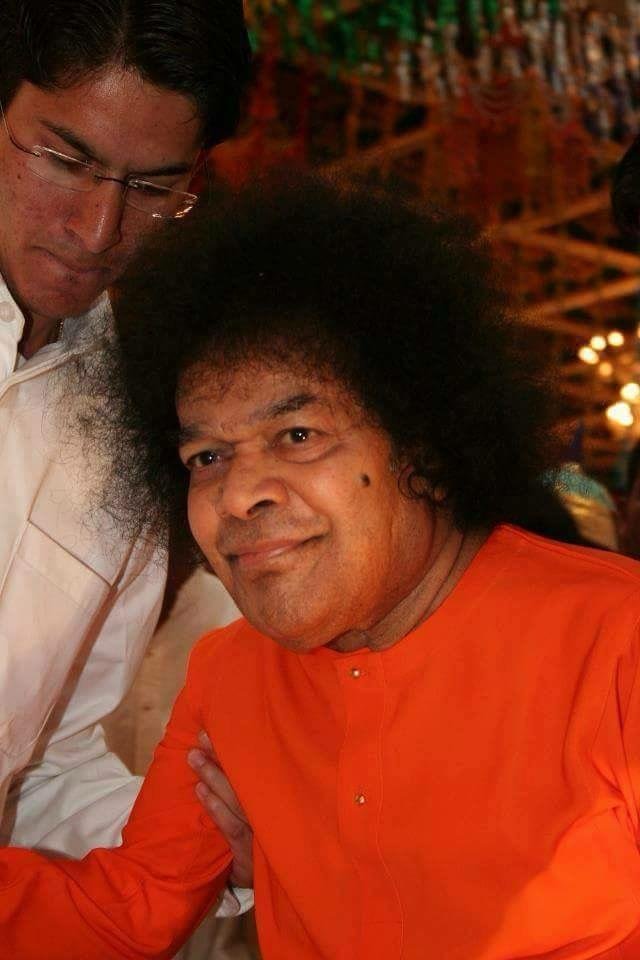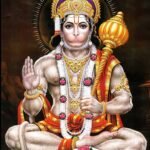Shri Dakshayani Temple

Shri Dakshayani Shaktipeeth Temple, located in Kanchipuram, Tamil Nadu, is one of the 51 sacred Shakti Peethas in Hinduism. It is believed that the neck of Goddess Sati fell at this spot after her self-immolation and the subsequent grief-stricken wanderings of Lord Shiva. The temple is dedicated to Goddess Dakshayani, a form of Sati, and is an important pilgrimage site for devotees of Shakti, symbolizing divine feminine energy and spiritual strength.





Holy Dakshayani Temple


The Magadha Shakti Peeth, commonly known today as the Patan Devi Temple, is one of the 51 sacred Shakti Peethas spread across the Indian subcontinent. According to Hindu mythology, these Peethas were formed where parts of Goddess Sati’s body fell when Lord Shiva wandered in grief after her self-immolation. It is believed that Sati’s right thigh fell at this site, making it a powerful place of divine feminine energy. The goddess worshipped here is known as Sarvanandkari (one who brings joy to all), and the temple holds immense religious importance for followers of Shaktism and Tantra traditions.
The temple’s roots trace back to ancient Magadha, one of the earliest and most powerful kingdoms in Indian history. The capital of Magadha was Pataliputra, modern-day Patna, and it served as a center of religious, political, and cultural activity for centuries.
Temple Timings



